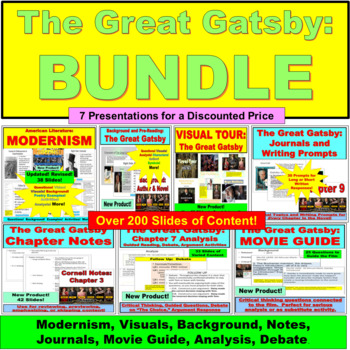On this particular occasion I was asking Junot whether he had finished the piece that he was working on. We had read Oscar Wao as a novella, but Junot had realized that it was really a full novel, and he was engaged in the painstaking process of making that happen.
He replied, "Oh, yes I am just about done. All I have to do is go back and put in the symbols."
This is Junot's way of giving me a hard time about teaching literature--so I found it hysterically funny. But if you tell that story to students, most of them will look at you quizzically as if to say, "Really? That is how they (authors) do it?" But his comment does not surprise most of them. And the fact that it does not is a damning indicator that we do not teach literature the way authors write it. In fact, we invert the process. We talk about "author's intention," but we do it so that we can do literary-critical analysis on the text.
We do not teach literature in a way that allows students to understand what a story is saying to its author as well as its reader. We teach students how to perform sophisticated, incisive dissections on literary bodies that increasingly come to be seen as cadavers. We teach them how to perform operations on a text. What I am wondering is whether we are so busy teaching them how to "talk" to a story - that we don't teach them how to "listen" to it.
The other night another of our authors, Lee Stringer, and I tried an experiment with an activity that was based almost entirely on deep listening. He had students pick a word, and then after a brief introduction to the assignment had them write continuously for twelve minutes without taking the pen up from the paper. Then, he had people read what they had written while the listeners closed their eyes and, after the person was done, they called out specific words that had a deep impact on them when they had heard them. After that we spent some time with the author figuring out what the piece was about.
The trick is that the student/author realizes that they don't control the piece they wrote--twelve minutes is too long a time for the unconscious not to make its appearance. What the result of our experiment was that the group of thirty started to talk about the written text itself as though it were a living thing. And the student/author was right at the center because they wanted to know what it was about too--even though they had written it!
Vivian Gornick talks about this division by separating a text into the situation: the context or circumstance, sometimes the plot or setting, or major characters -- and the story: "the emotional experience that preoccupies the writer; the insight, the wisdom, the thing one has come to say." The situation you can analyze; the story requires intense and deep listening.
Literary criticism certainly has a place as a technique of reading, but deep listening will get the reader to the place where they can resurrect any "dead frogs" they might have created by performing those more detached operations.

Early that day in class we had explored James Baldwin's short story "Sonny's Blues." As I read this story, I think it gives us some clues about what really listening feels like. In the final scene of the story the analytic, mathematics teacher/narrator describes Sonny playing with Creole's band, "And his triumph, when he triumphs, is ours. I just watched Sonny's face. His face was troubled, he was working hard, but he wasn't with it. And I had the feeling that, in a way, everyone on the bandstand was waiting for hm, both waiting for him and pushing him along. But as I began to watch Creole, I realized it was Creole who held them all back. He had them on short rein.
Up there, keeping beat with his whole body, wailing on the fiddle, with his eyes half closed, he was listening to everything, but he was listening to Sonny. He was having a dialogue with Sonny. He wanted Sonny to leave the shoreline and strike out for deep water. He was Sonny's witness that deep water and drowning were not the same thing--he had been there, and he knew. And he wanted Sonny to know. He was waiting for Sonny to do things on the keys which would let Creole know that Sonny was in the water."

The great thing about the Lee Stringer evening writing was that we began to sound like Creole and Sonny's band. We were really listening to each other and, in some cases, we were learning that deep water is not drowning.



